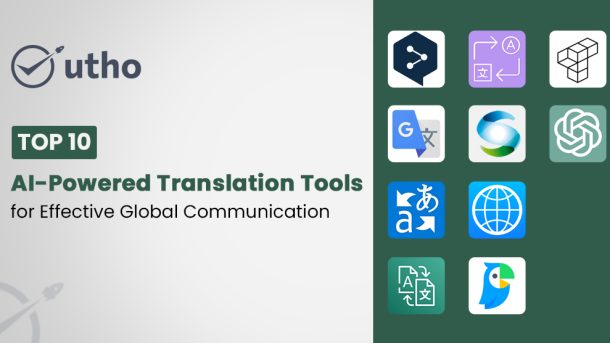AI translators matter in our connected world. They are key for businesses, travellers, and global organisations. Being able to communicate easily across languages has removed barriers. This change allows for smooth international teamwork, trade, and cultural sharing.
Language is key to human interaction. However, traditional translation methods can struggle with accuracy, speed, and context. AI-powered translation tools have changed the game. They provide real-time, accurate translations in many languages. AI translators make communication simple. They work well for casual chats, business talks, and localising content.
Today, businesses entering new markets use AI translators. This helps them connect with customers and partners worldwide. Travellers use mobile translation apps to get around in foreign countries. Organisations also use these tools for multilingual customer support. The need for fast, accurate translations has led to smarter AI translation tools.
This blog looks at how AI in translation has changed. It explains why this is important and compares the best AI translators on the market today.
The Evolution of AI-Powered Translation
The journey of AI-powered translation began with rule-based machine translation (RBMT). These early systems used predefined grammatical rules and bilingual dictionaries to translate text. They managed simple phrases well. However, they had trouble with context, idioms, and the flow of natural language. AI translators were not adaptable at this stage. This made their translations sound robotic and often inaccurate.
In the 1990s, Statistical Machine Translation (SMT) marked a significant advancement. This approach analysed vast bilingual text datasets, using statistical probabilities to generate translations. While SMT improved upon RBMT, it still had limitations. The translations were often literal. They missed important context and had errors in complex sentences.
The real breakthrough came with Neural Machine Translation (NMT) in the mid-2010s. NMT models are different from earlier ones. They use deep learning and neural networks to translate whole sentences, not just words. This approach helps AI translators grasp context, idioms, and sentence structure. As a result, translations become more fluent and sound more human-like.
AI models like OpenAI’s GPT, Google’s BERT, and DeepL’s neural networks have improved AI translators. These models use self-attention and deep contextual learning. This makes translations clearer and better for different dialects, cultures, and languages.
Today, AI translation tools are getting better. They use advanced speech recognition. They can process multiple languages in real time and adapt context with AI. Businesses, content creators, educators, and travellers are all gaining from the new AI translation tech.
AI is advancing quickly. The future of AI translators looks bright. They will offer better accuracy, understand language more naturally, and adapt in real-time. This progress helps us create a world where language won't block global communication.
Why AI-Powered Translation Matters
- Breaking Language Barriers – AI translators enable communication between different cultures, fostering global collaboration.
- Enhancing Business Operations – Companies can enter global markets without needing costly human translators.
- Improving Education Access – Students everywhere can instantly translate knowledge into different languages.
- Travel Help – Tourists can use AI for voice and text translations. This makes it easier to get around foreign countries.
- Diplomatic & Government Use – AI translation connects international policies, trade agreements, and cultural exchanges.
Top 10 AI-Powered Translation Tools (with pros and cons)
AI-powered translation tools are essential for global communication. They provide real-time and accurate translations based on context. AI translators are closing language gaps. Businesses want to reach more people worldwide. Individuals also need help with foreign languages. Below is a detailed look at the top AI-powered translation tools, along with their pros and cons.
Here is the list of top 10 AI translation tools:-
| DeepL Translator |
| Google Translate |
| Microsoft Translator |
| Amazon Translate |
| IBM Watson Language Translator |
| SYSTRAN |
| iTranslate |
| Papago (by Naver) |
| Taia |
| ChatGPT |
1. DeepL Translator
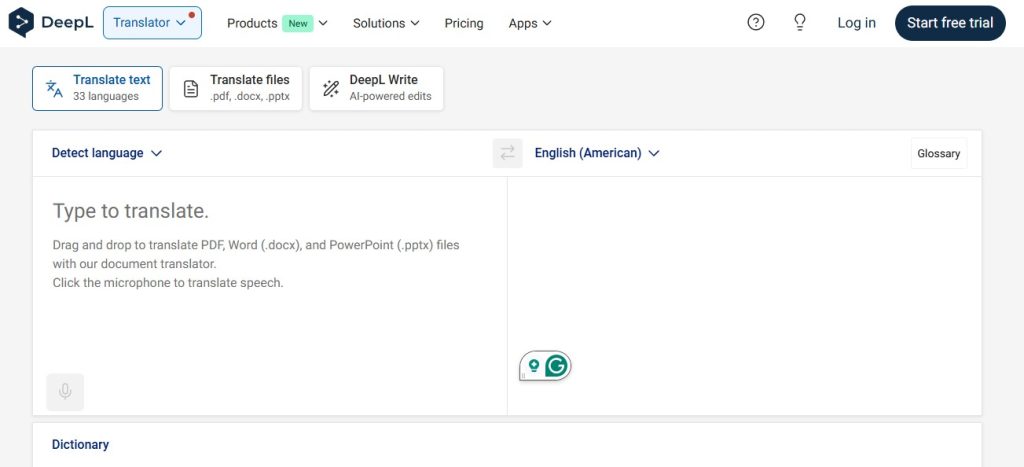
DeepL Translator is famous for its accurate translations. It understands context well, especially for European languages. It uses advanced NMT technology, so it's a top choice for professionals. DeepL translations are more natural and fluent than those of its competitors. This makes it great for business documents, academic texts, and professional communication.
- Pros: Highly accurate, especially for European languages; intuitive interface.
- Cons: Supports fewer languages compared to competitors.
2. Google Translate

Google Translate is a popular AI translator. It supports more than 100 languages. It also has features for text, voice, and image translation. It works on many platforms and connects with Google services. This makes it a handy tool for travellers, businesses, and students. It provides fast and free translations. However, it can have trouble with complex sentences and idioms.
- Pros: Over 100 languages supported; voice, text, and image translation; free.
- Cons: Less accurate in complex translations; it struggles with idioms.
3. Microsoft Translator

Microsoft Translator is made for businesses and professionals. It provides real-time translations in many languages. Plus, it is easily integrated with Microsoft Office and other enterprise tools. It offers live captioning and supports multiple languages. This makes it great for meetings, conferences, and teamwork. But its accuracy for some Asian languages is still not as good as that of specialised AI translators.
- Pros: Integrates with Microsoft Office; real-time conversation mode.
- Cons: Not as accurate for some Asian languages.
4. Amazon Translate

Amazon’s AI translation service is made for businesses, especially those using AWS. Amazon Translate enables real-time and batch translations. This helps companies automate customer service, localise websites, and create multilingual apps. Since it’s a cloud-based service, you need an AWS account. Also, there is no offline mode, which may limit access for some users.
- Pros: Scalable for businesses; integrates with AWS services.
- Cons: No offline mode; requires an AWS account.
5. IBM Watson Language Translator
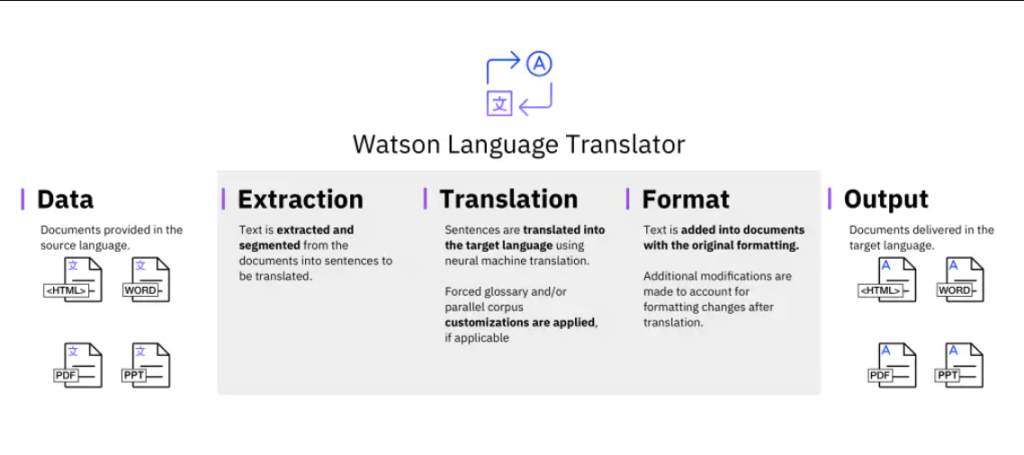
It helps businesses train and adjust the AI model for better accuracy in specific areas. This customisation costs more. This makes it harder for small businesses to access than free or cheaper options.
- Pros: Customisable translations for industries (e.g., healthcare, finance)
- Cons: Expensive for small businesses.
6. SYSTRAN
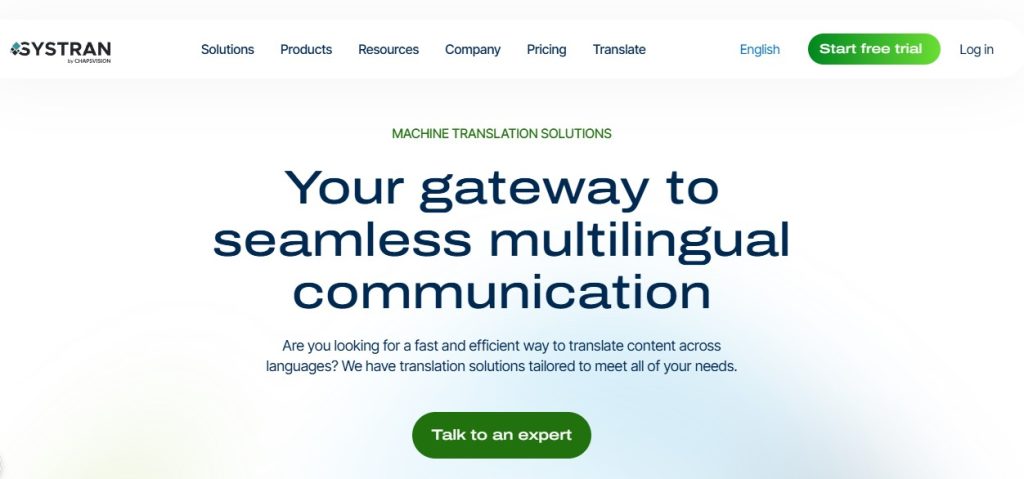
SYSTRAN is one of the oldest names in machine translation. They have been providing AI-powered translations for more than 50 years. SYSTRAN stands out from most modern AI translators. While many rely only on deep learning, SYSTRAN uses a hybrid approach. It combines rule-based translation methods with neural networks. This option is great for government bodies, law firms, and businesses that need clear, organised translations. Its accuracy is high. However, the user interface (UI) seems outdated compared to newer cloud-based options.
- Pros: Hybrid approach (rule-based + neural networks); used in government and legal settings.
- Cons: The UI is outdated compared to newer AI translators.
7. iTranslate
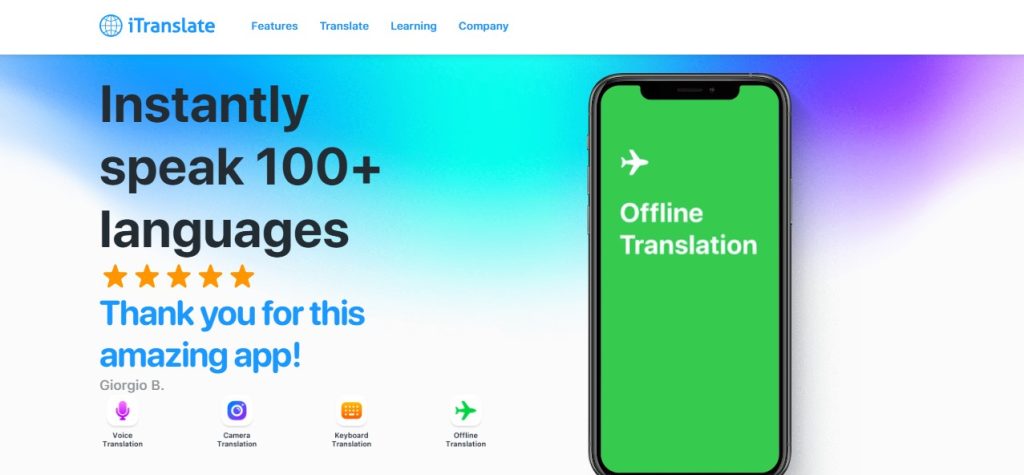
iTranslate is a popular choice for mobile users. It offers voice translation, text conversion, and offline features. The pro version has great features. You can use offline translation. It also includes camera text recognition and real-time voice chats. However, many of its best features are behind a paywall. This makes it hard for casual users to access them.
- Pros: Mobile-friendly; supports voice translation.
- Cons: Limited free version; best features are behind a paywall.
8. Papago (by Naver)
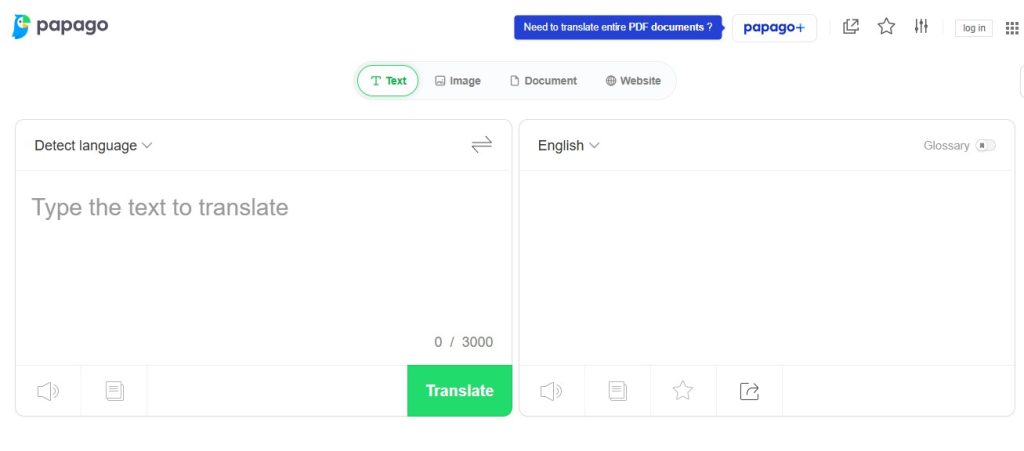
Papago, created by Naver Corporation, is a strong AI translator. It is designed for Asian languages and is from South Korea’s top internet company. It provides great accuracy for Korean, Japanese, and Chinese translations. This makes it a top choice for users in East Asia. Papago works well for image and voice translations. It mainly supports Asian languages and has limited support for Western ones.
- Pros: Excellent for Korean, Japanese, and Chinese translations.
- Cons: Limited languages outside of Asian markets.
9. Taia
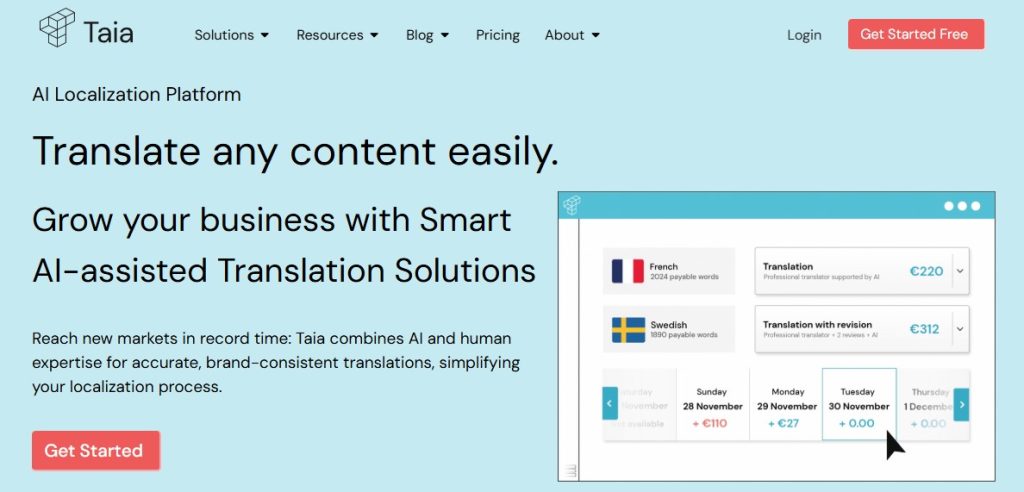
Taia uses a special method for AI translation. It combines machine learning and human proofreading. Taia goes beyond traditional AI tools. While they focus on automation, Taia adds human review. This helps improve translation accuracy. This is ideal for tasks like legal documents, business contracts, and research papers. But this extra human review slows things down. It makes it less suitable for instant, real-time translation needs.
- Pros: AI-assisted translations with human proofreading.
- Cons: Slower processing due to human review.
10. ChatGPT
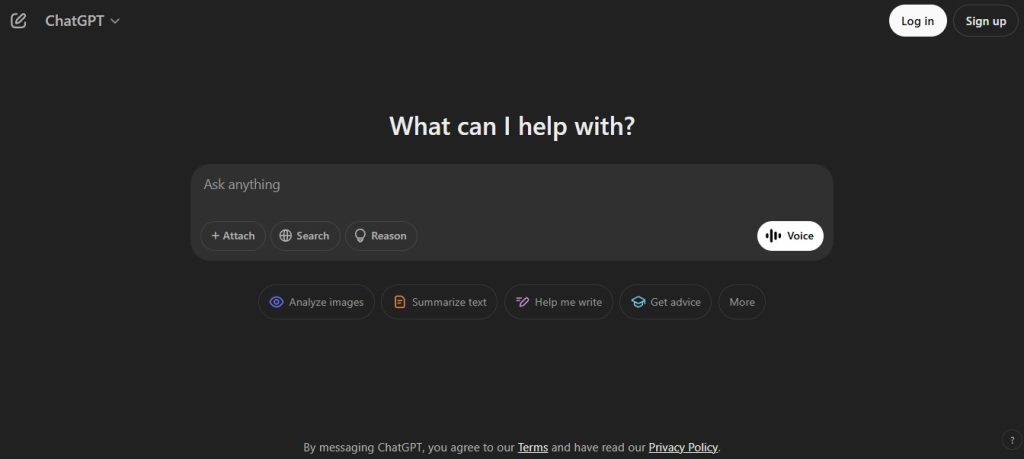
ChatGPT isn’t a full-time translator, but it’s great for translations based on context. ChatGPT is different from standard translation tools. Instead of just translating word-for-word, it understands context, nuances, and conversational tone. This makes it useful for explaining translations, rephrasing text, and generating localised content. It needs internet access and isn't ideal for quick translations, unlike some AI tools.
- Pros: Context-aware translations; conversational abilities
- Cons: Not a dedicated translator; requires internet access.
The Role of AI Translators Today
AI-powered translators have improved a lot. They now provide real-time, context-aware, and industry-specific translations. This makes communication easy. These tools help grow businesses, improve education access, and enhance global connections.
However, challenges still remain. Complex phrases, cultural backgrounds, and languages with limited data can lead to mistakes. Deep learning, large neural networks, and GPU processing are boosting AI translation solutions.
How Utho’s affordable GPUs power AI translation advancements
AI-powered translation tools demand immense computational power. High-performance GPUs are vital in training deep learning models. They ensure translations are both accurate and happen in real time. Utho provides affordable, high-performance GPU solutions tailored for AI workloads, including:
- RTX A5000 with 24 GB RAM – ideal for mid-range AI training and NLP models.
- RTX A6000 with 48 GB RAM – Provides ultra-fast performance for large-scale AI processing.
- A40 with 48 GB RAM – Made for AI inference tasks, it boosts real-time translation speeds.
Utho’s GPU-powered setup helps developers and businesses train advanced AI translation models. They can do this more quickly and at a lower cost. This results in improved accuracy and real-time performance.
AI translation tools have changed how we communicate. Now, businesses, students, and travellers can easily connect across languages. AI models are evolving, making the future of translation bright. We can expect better accuracy, improved understanding of context, and quicker responses.
Visit: https://utho.com/gpu
Explore Utho’s AI-optimized cloud solutions today!

